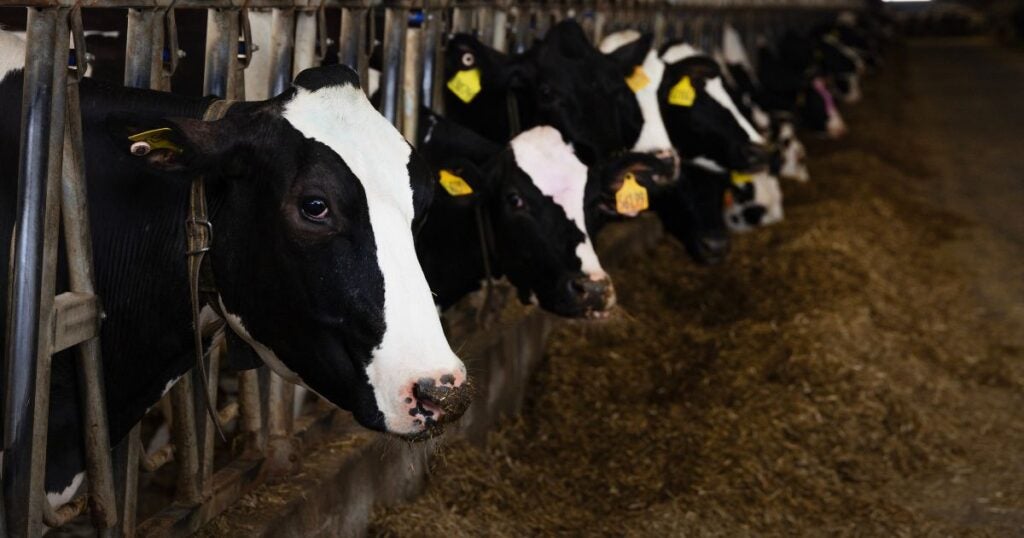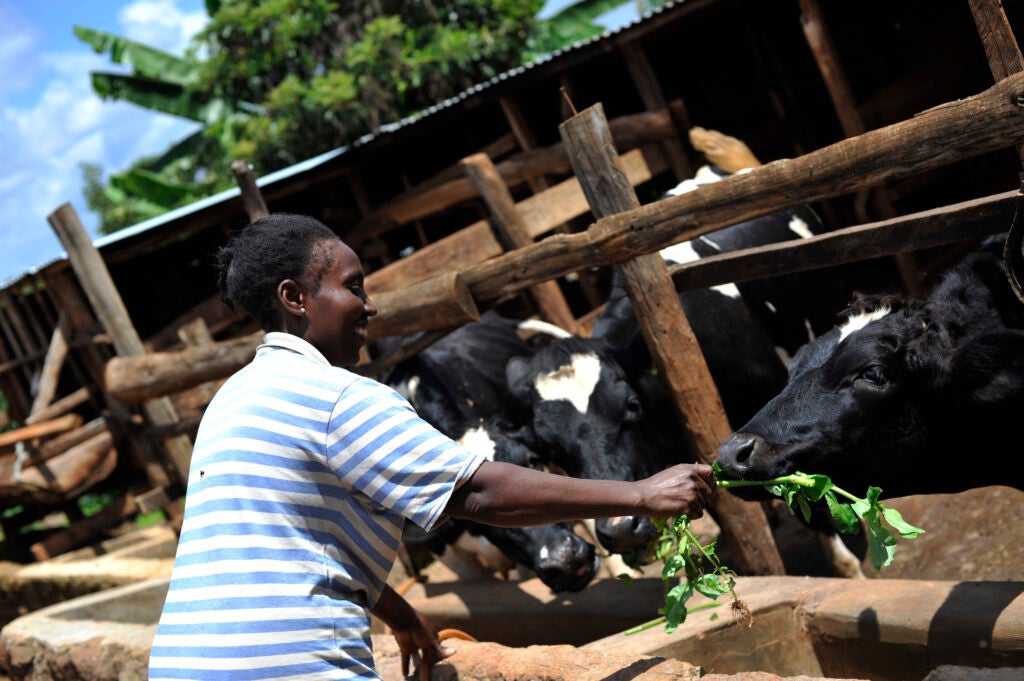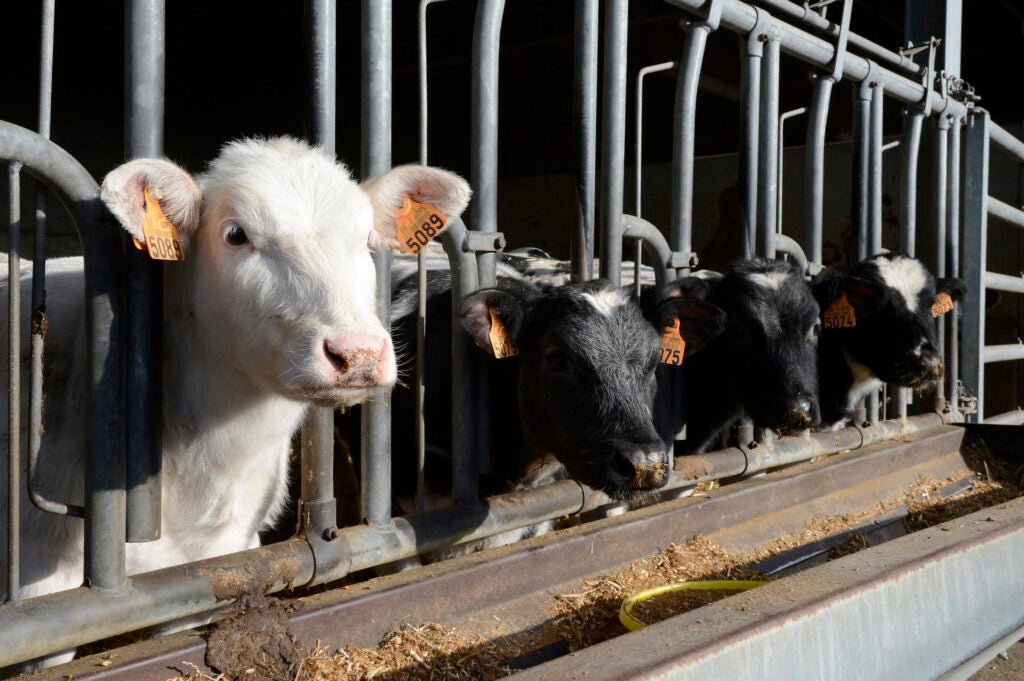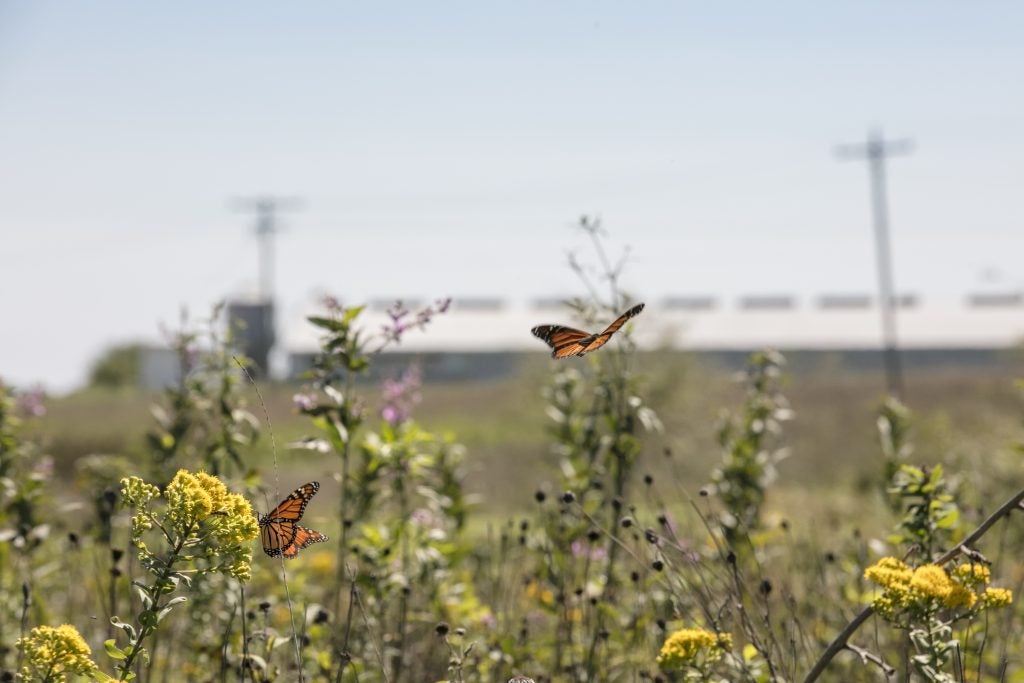Even if we completely eliminated fossil fuel emissions today, global food system emissions would cause us to exceed our 1.5 degree warming targets, unless they are slowed down. We cannot choose between food security and environmental sustainability – they are one and the same. Urgent action is needed to shift food and agriculture from a driver of climate change and biodiversity loss to a solution, with positive outcomes for producers, companies and consumers.
The good news? The global dairy company Danone is taking a big step forward by pledging to work with its farmer suppliers to reduce methane emissions from its fresh milk supply chain by 30% by 2030.
This announcement builds on past successes, with a plan to accelerate action in the years to come. It aims to achieve significant methane cuts while feeding a growing population and protecting the livelihoods of farmers around the world. And it creates a new level of ambition on methane emissions that I hope others in the food and agriculture industry will follow.
Even a large, global company can’t make this happen by itself. Danone is launching a strategic partnership with Environmental Defense Fund to support its methane reduction ambitions. Danone and EDF will work together in such areas as improved science, data and reporting standards, innovative financing models to help farmers of all sizes, and catalyzing industry and policy leadership through advocacy.
This is the first methane-specific climate pledge from a food or agriculture company. Danone’s size as a major global dairy company provides a significant opportunity for impact.
Read More »














